
OMA/Progress at the Barbican
An exhibition documenting the working processes of international architecture practice OMA opens at the Barbican Art Gallery in London tomorrow. Update: watch Rem Koolhaas give us a private tour of the show on Dezeen Screen.
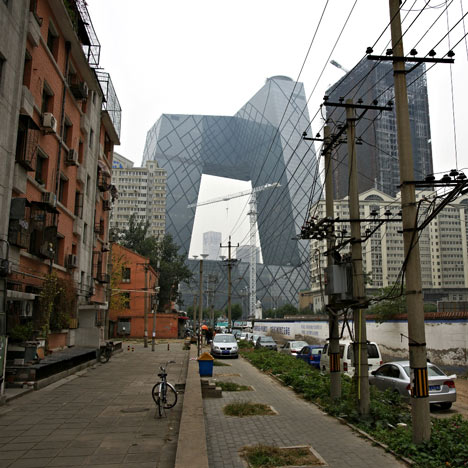
OMA/Progress presents a diverse collection of over 450 items from the practice's archive including sketches, documents, photographs, models and material samples.
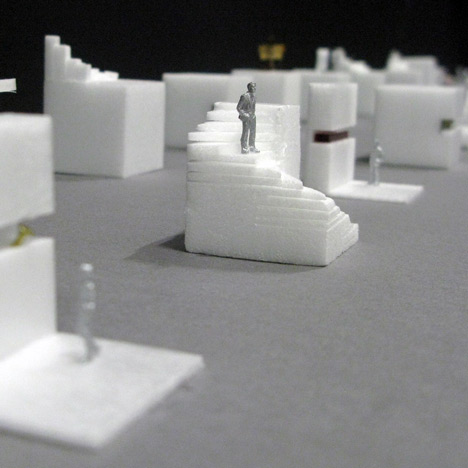
The exhibition is guest curated by Brussels-based collective Rotor, who wanted to represent OMA's intense productivity with a dense mixture of objects and documents.
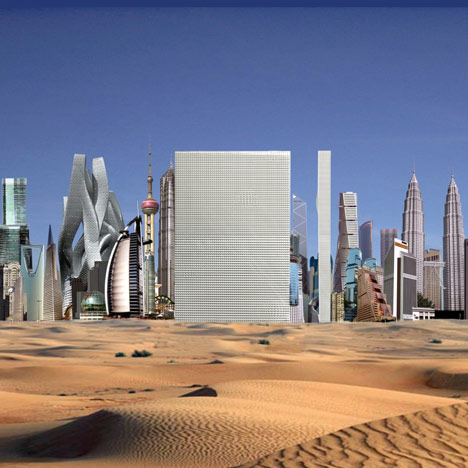
Models of familiar buildings such as the CCTV headquarters in Beijing are accompanied by sketches and transcripts relating to unfinished projects.
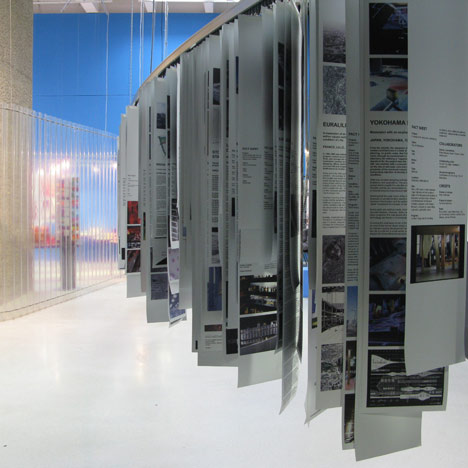
At the entrance to the show is a free public gallery containing an index of all of OMA's projects, videos of lectures by the firm's partners dating from the 1970s to the present and a shop.
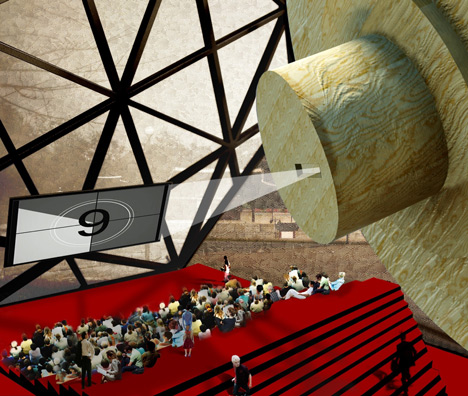
The main space presents OMA and their current projects. A large projection scrolls constantly through every image saved on OMA's server at a rate of 20 images per second, taking 48 hours to reach the end of the loop of almost 3.5 million pictures.
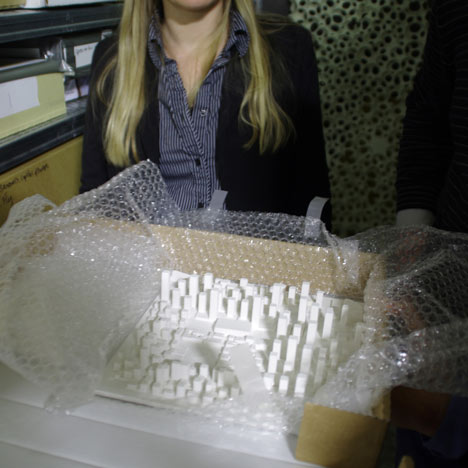
Upstairs, exhibits are grouped according to themes such as movement or colour and material, while one room is completely covered in waste paper that Rotor collected from OMA's offices.

The sculpture gallery features a 1:1 plan of the firm's most recent project, Maggie's Gartnavel Centre for cancer care in Glasgow, which opened this week - see our story here.
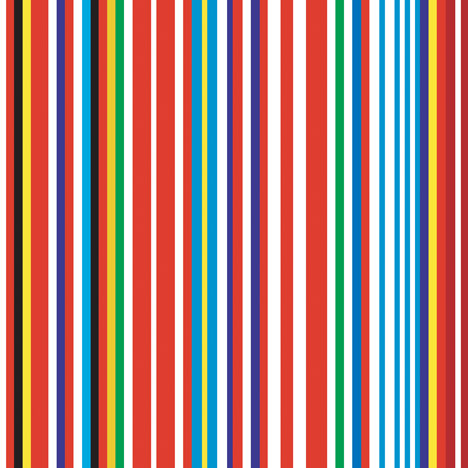
The exhibition runs from 6 October until 19 February 2012. See all of our stories about OMA here and some initial photos of the exhibition in our Facebook album.
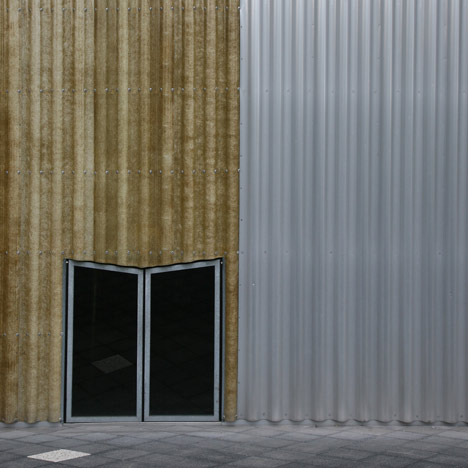
Here is some more information from the Barbican:
OMA / Progress
6 Oct 2011 – 19 Feb 2012
Barbican Art Gallery, London
Supported by the Embassy of the Kingdom of the Netherlands and The Netherlands Architecture Fund and the Graham Foundation for Advanced Studies in the Fine Arts. Additional support provided by The Netherlands Foundation for Visual Arts, Design and Architecture and the Flemish Representation in the UK.Media Partner: Icon Magazine
‘Every architect carries the utopian gene.’
Rem Koolhaas
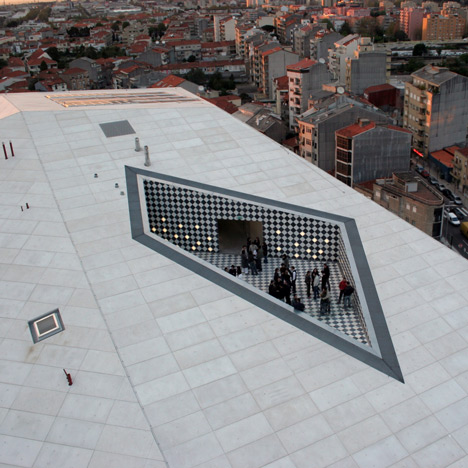
This autumn Barbican Art Gallery is transformed by a major exhibition on OMA, co-founded by Rem Koolhaas in 1975, one of the most influential architecture practices working today. Known for their daring ideas, extraordinary buildings and obsession with the rapid pulse of modern life, OMA play an active role in the architectural, engineering and cultural ideas that are shaping our world.
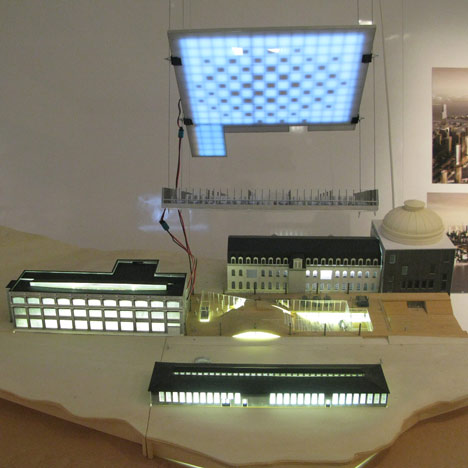
OMA/Progress is the first major presentation of OMA’s work in the UK and is guest curated and designed by the Brussels-based collective Rotor, who were responsible for the much praised Belgian Pavilion at the 2010 Venice Architecture Biennale. With unprecedented access to OMA’s archives and daily practice, Rotor has created a revealing portrait of OMA. They have selected and presented a wide range of materials, relics, documentation, imagery and models, yielding fresh perspectives on OMA’s built and unbuilt projects and conceptual work. The result is an exhibition that invites the visitor to discover first hand the breadth and depth of OMA’s output. Rotor comments: ‘ This exhibition gives an outsider view on the inside of a particular architecture office. OMA/Progress is a portrait that consists mostly of found materials, materials that exist for reasons other than this exhibition. It shows architecture as a practice, a messy process that changes with every good project .’
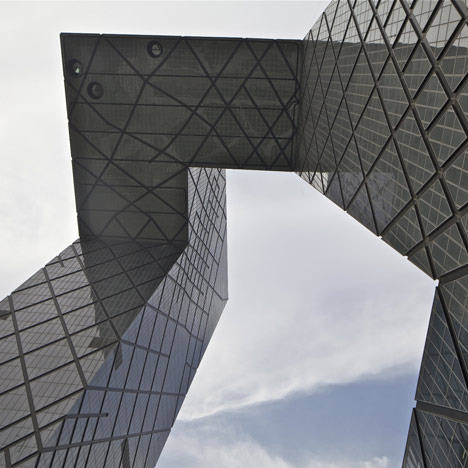
Delving into the inner workings of OMA’s intense productivity, OMA/Progress features diverse projects and a range of unexpected objects, photographs, films and findings from behind-the-scenes at OMA. The exhibition, designed re-using the build and scenography of the previous installation, is in three parts; the public zone, which includes a browsable index of all OMA’s projects, videos of lectures given by OMA partners from the 1970s to now and an OMA shop including seminal books and an exclusive collection of prints. Three lower-level gallery spaces introduce OMA and their current preoccupations, including a raw sequence of every single image from OMA’s server – almost 3.5 million – that runs on a 48-hour loop. The upper level is dedicated to a collection of around 450 items that illustrate the history and current practice of OMA, ranging from the iconic – such as models of the Maison à Bordeaux and the CCTV headquarters in Beijng – and never-before-seen artefacts including unpublished manuscripts of a never completed book on Lagos, Nigeria, and the ‘secret room’, a space completely covered in the waste paper collected by Rotor from the OMA offices over a month-long period.
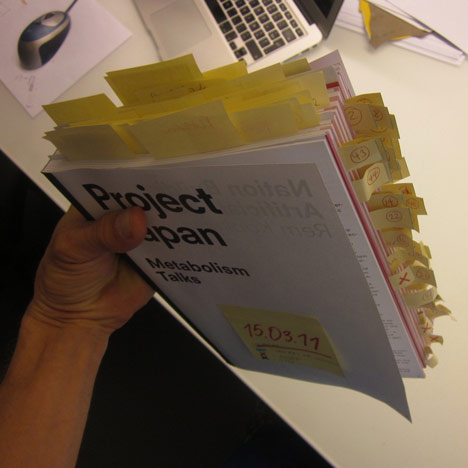
Further highlights include insights into recent projects such as Cornell University’s Milstein Hall and the CCTV headquarters in Beijing; recent competition entries like the Broad Art Museum in Los Angeles; and those that are on-hold indefinitely, like the Dubai Renaissance tower. The array of objects take in Koolhaas’s hand-written faxes; a guide for cutting the form of the CCTV building from a block of foam in four easy steps; samples of the skin of the Prada Transformer Pavilion (Seoul 2009); the personal travertine collection of OMA Partner Ellen van Loon; and paintings reproduced in fabric for a wall covering from Rothschild Bank HQ. Displayed on their own or in series, the exhibits tell revealing and often surprising stories about OMA’s unprecedented and intuitive ways of working.
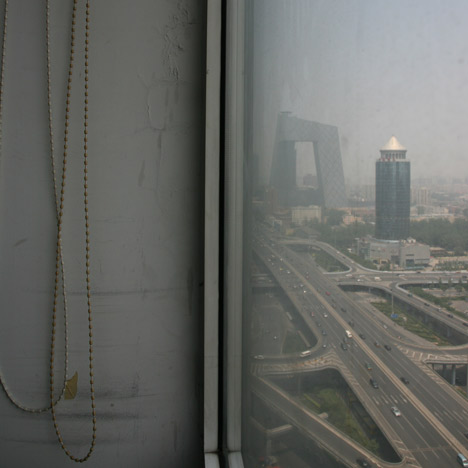
Triggered by OMA’s preoccupation with architectural preservation, the west entrance of Barbican Art Gallery is opened up for the first time in the building’s history, making the exhibition spaces directly accessible from the Highwalks of the surrounding Barbican Estate. With the existing entrance also in use, visitors are able to freely walk through and occupy the space in the way originally intended by Barbican architects, Chamberlin, Powell & Bon.
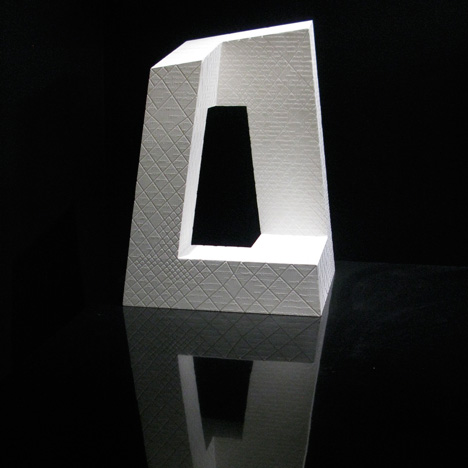
Installed on the Barbican’s Sculpture Court, the exhibition also includes a 1:1 footprint of OMA’s design for the Maggie’s Centre in Glasgow, allowing visitors the opportunity to walk over, through and around the plan to investigate and imagine the building themselves.
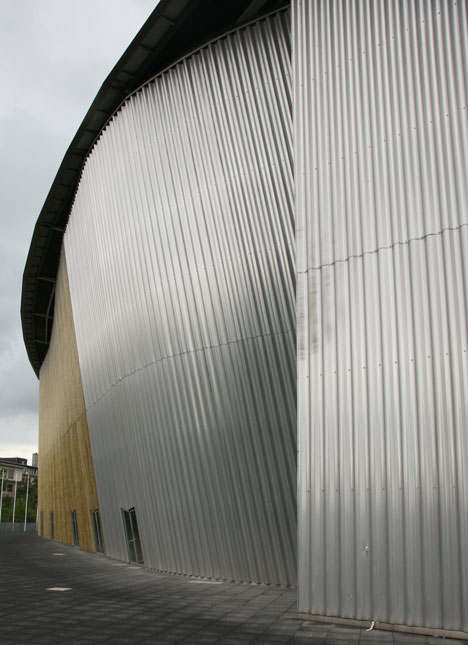
A programme of live events will tackle the question of progress in architecture and society and illuminate the work of OMA. The headline event, OMA: Show & Tell on Tuesday 25 October in Barbican Theatre brings together all seven partners from OMA for the first time in public, to examine and debate the nature of society, progress and the built environment across the world today.
The Office for Metropolitan Architecture, OMA, currently comprises seven partners and a staff of around 280 architects, designers and researchers working in offices in Rotterdam, New York, Beijing and Hong Kong. OMA/Progress coincides with a focus on the UK by OMA as it completes its first two buildings here: Maggie’s Centre in Gartnavel, Glasgow and the Rothschild Bank HQ overlooking the Bank of England in the City of London.
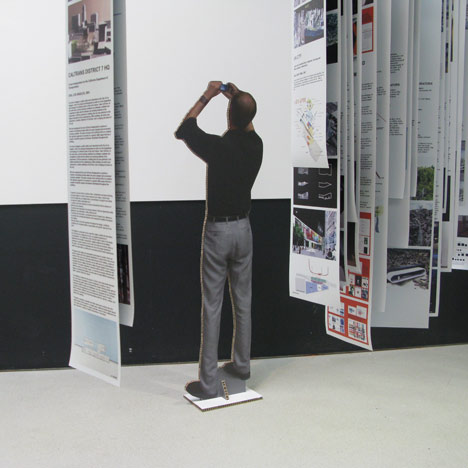
OMA
OMA is a leading international partnership practicing architecture, urbanism, and cultural analysis. Through AMO, its research and design studio, the practice works in areas beyond architecture that today have an increasing influence on architecture itself: media, politics, renewable energy, technology, publishing and fashion. OMA is led by seven partners – Rem Koolhaas, Ellen van Loon, Reinier de Graaf, Shohei Shigematsu, Iyad Alsaka, David Gianotten and Managing Partner, Victor van der Chijs. The work of OMA’s partners and Rem Koolhaas has received several awards, including the Pritzker Prize for architecture in 2000 and the Golden Lion for Lifetime Achievement at 2010 Venice Architecture Biennale. This is the first major exhibition on OMA following Content at the Neue Nationalgalerie, Berlin in 2003.
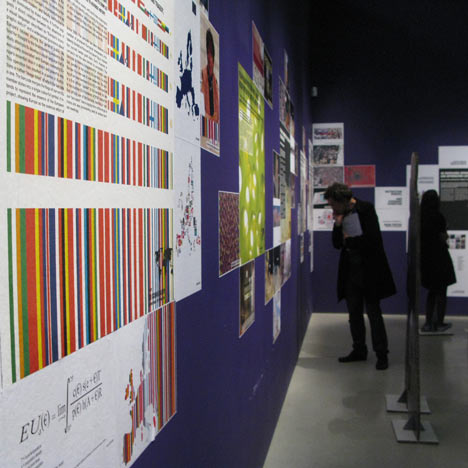
ROTOR
Curators of the acclaimed Belgian Pavilion at the 2010 Venice Architecture Biennale, Rotor is a collective based in Brussels. Founded in 2005, Rotor is a collective of people sharing a common interest in the material flows in industry and construction. On a practical level, Rotor handles the conception and realization of design and architectural projects. On a theoretical level, Rotor develops critical positions on design, material resources, and waste through research, exhibitions, writings and conferences.
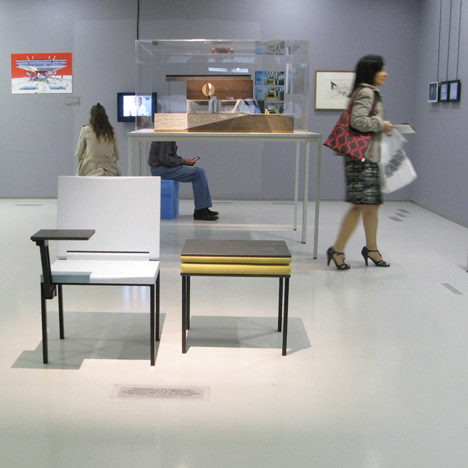
BARBICAN ART GALLERY
One of the leading art spaces in the UK, Barbican Art Gallery presents the best of international visual art with a dynamic mix of art, architecture, design, fashion and photography. From acclaimed architects to Turner prize-winning artists, the Gallery exhibits innovators of the 20th and 21st centuries: key players who have shaped developments and stimulated change. Based within an iconic London landmark of considerable architectural interest and importance, Barbican Art Gallery has an international reputation for delivering agenda-setting architectural exhibitions designed to challenge assumptions and encourage debate. Previous architectural exhibitions include Future City: Experiment and Utopia in Architecture 1956 – 2006 (2006); Alvar Aalto: Through the Eyes of Shigeru Ban, (2007) and Le Corbusier – The Art of Architecture (2009).Architecture as Air, a new installation by Japanese architect Junya Ishigami is on show in The Curve until 16 October 2011.